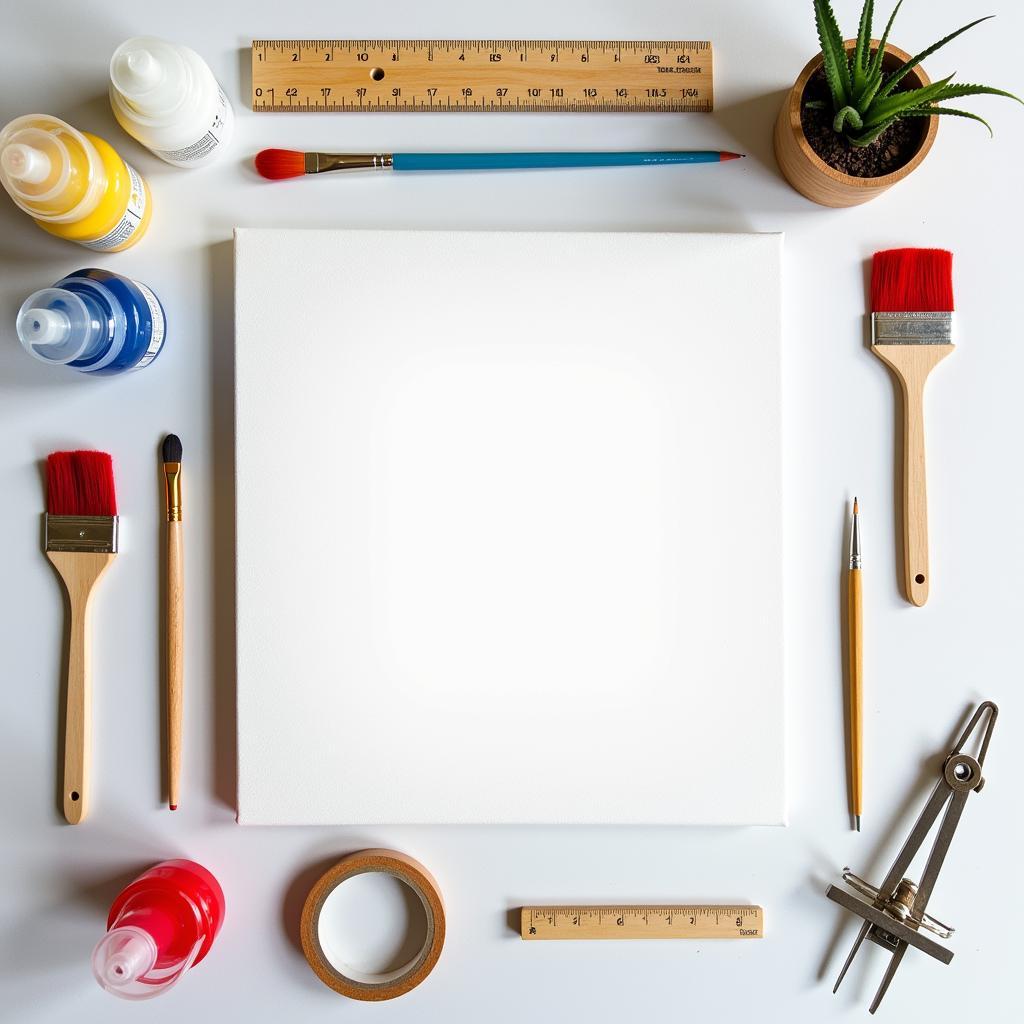Exploring the Mystical World of Kabbalistic Art
Kabbalistic Art is a fascinating intersection of spirituality and visual expression, drawing inspiration from the Jewish mystical tradition of Kabbalah. This ancient wisdom, rich with symbolism and hidden meanings, offers a unique lens through which to understand the divine and our place within the cosmos. From intricate diagrams to evocative paintings, Kabbalistic art aims to capture the essence of these esoteric teachings and make them accessible to a wider audience.
 Kabbalistic Tree of Life Diagram
Kabbalistic Tree of Life Diagram
Unveiling the Secrets of Kabbalistic Symbolism
Kabbalah, often translated as “receiving” or “tradition,” is a system of Jewish mysticism that seeks to understand the hidden dimensions of reality and the nature of God. Central to Kabbalistic thought is the concept of Ein Sof, the infinite and unknowable divine source. From Ein Sof emanates a series of ten sefirot, divine attributes or emanations, which form the Tree of Life, a fundamental symbol in Kabbalistic art. These sefirot, each with its own unique characteristics and symbolism, represent the stages of divine manifestation and the pathway to spiritual enlightenment.
Understanding these symbols is key to appreciating the depth and complexity of Kabbalistic art. For example, the Tree of Life is often depicted as a diagram with interconnected spheres, each representing a sefirot. The positioning and relationships between these spheres reflect the intricate interplay of divine energies and the spiritual journey of ascent.
“Kabbalistic art is not merely decorative,” says Dr. Aviva Ben-David, a scholar of Jewish mysticism. “It’s a visual language that speaks to the soul, inviting contemplation and deeper understanding of the divine.”
Kabbalistic Art: From Ancient Texts to Modern Expressions
While rooted in ancient traditions, Kabbalistic art continues to evolve and find new forms of expression. From traditional illuminated manuscripts to contemporary digital art, artists are constantly pushing the boundaries of this unique genre. The use of sacred geometry, Hebrew calligraphy, and symbolic imagery remains prevalent, but modern artists also incorporate new mediums and techniques, creating a dynamic and evolving body of work.
How Does Kabbalistic Art Reflect Spiritual Practice?
Kabbalistic art often serves as a tool for meditation and spiritual practice. By contemplating the intricate symbolism and hidden meanings within these artworks, individuals can deepen their connection to the divine and gain insights into their own spiritual journey. The act of creating Kabbalistic art can also be a form of spiritual expression, allowing artists to channel their creative energy and connect with the mystical dimensions of reality.
“The creation of Kabbalistic art is a meditative process,” explains artist and Kabbalah teacher, Sarah Levi. “It allows me to connect with the divine and express the inexpressible through visual language.”
Kabbalah and Art: A Timeless Connection
The relationship between Kabbalah and art is a testament to the enduring power of human creativity to express the deepest mysteries of existence. Kabbalistic art offers a unique window into the world of Jewish mysticism, inviting us to explore the hidden dimensions of reality and the intricate tapestry of the divine. Whether through traditional forms or contemporary expressions, Kabbalistic art continues to inspire and intrigue, offering a pathway to spiritual understanding and a deeper connection to the cosmos.
In conclusion, Kabbalistic art, with its rich symbolism and profound meaning, offers a unique and captivating exploration of Jewish mysticism. From ancient texts to modern interpretations, it continues to inspire and intrigue, inviting us to delve deeper into the mysteries of the cosmos and our place within it.
FAQ
- What is the Tree of Life in Kabbalistic art?
- What are the main symbols used in Kabbalistic art?
- How can I learn more about Kabbalah and its artistic expressions?
- Are there any modern artists working with Kabbalistic themes?
- What is the significance of Hebrew calligraphy in Kabbalistic art?
- How can I interpret the meaning of Kabbalistic art?
- Where can I find examples of Kabbalistic art?
When you need help, contact Phone Number: 02462573573, Email: [email protected] Or visit us at: Savico Megamall, 7-9 Đ. Nguyễn Văn Linh, Gia Thụy, Long Biên, Hà Nội 10000, Việt Nam. We have a 24/7 customer support team.

